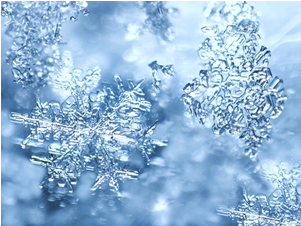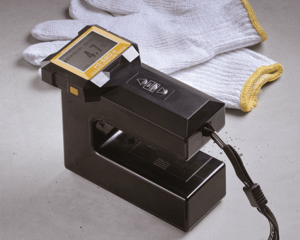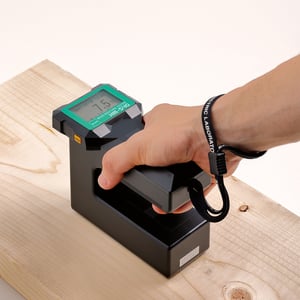 What is the weather like in your part of the world these days? If you are in the United States, chances are you’ve experienced some effects of the Polar Vortex, plunging the country into sub-zero temperatures. The deep freeze is affecting businesses nationwide, from manufacturers to agriculturists who are now seeking ways of coping with this unusual meteorological event.
What is the weather like in your part of the world these days? If you are in the United States, chances are you’ve experienced some effects of the Polar Vortex, plunging the country into sub-zero temperatures. The deep freeze is affecting businesses nationwide, from manufacturers to agriculturists who are now seeking ways of coping with this unusual meteorological event.
Some manufacturers are overloaded with the demand for cold-weather items, particularly providers of cold weather-based products such as space heaters, fire logs, electric blankets, and winter garments according to a recent article in USA Today, “Cold Snap Fuels Heat Wave for Some Businesses.” However, many businesses are working overtime simply to ensure they’ve taken the right precautions to protect their test equipment and inventory from the freezing temperatures and snow.
Cold Weather Warrants Extra Care and Caution
Worker safety is a top priority when considering extreme conditions. Even routine outdoor activities, like pouring concrete, shipment intake, or product inventory are affected by low temperatures. Minimize your staff’s exposure to the elements by including more breaks, enclosing a work site, or putting a task on hold until conditions improve. Such steps can reduce injuries that are often caused by workers’ decreased dexterity in bone-chilling weather. Cold hands diminish productivity while greatly increasing the risk of potentially fatal accidents, particularly when slippery ice is added to the mix. However, making time to ensure your employees are warm and alert to potential dangers is only half the battle.
Extreme temperatures also require renewed vigilance in the case of test equipment and other machinery. First off, if you are operating your equipment outside, make sure you take the time to inspect it for amenability with the current conditions. Some equipment simply needs extra time to warm up before use, while others may require an extra layer of insulation. Additionally, there are some machines that simply won’t operate below a certain temperature, or will offer only a sub-par performance. The best way to know how to handle your test equipment is to contact the manufacturer for specific instructions after reading the manual carefully. Pay particular attention to information on the best coolant, fuels, and lubricants to use in unusual weather as well as maintenance scheduling.
Indoor test equipment can also be affected by the cold, particularly if it is stored in a loading area or is a portable device that is frequently exposed to the outdoors. It’s easy to neglect test equipment when conditions are difficult, but preventative maintenance and constant vigilance by employees can ensure your machinery is running properly. Just as varying temperatures drastically affect the moisture levels in your harvest or products, test equipment exposed to alternating hot and cold conditions needs particular attention. Water, ice and snow accumulate after being tracked indoors, allowing condensation to accumulate around machinery. Over time, condensation can lead to corrosion and potentially permanent damage. Reconsidering where your machinery is placed may keep it running throughout this season and hopefully for many more to come.
Whether operating test equipment indoors or outdoors, there are a few "hints" from Caterpillar's Cold Weather Recommendations to prepare for any operations conducted in 9 °C (48 °F) to 40 °C (40 °F):
-
Fill lubricant and antifreeze to meet lowest expected temperatures
-
Regularly check all rubber parts for cracking
-
Check wiring and outputs for fraying or damaged insulation
-
Keep batteries full, charged and warm
-
Bring portable equipment indoors
-
Check air intake daily and keep away from snow
Regardless of where you are located, extreme weather can affect every aspect of your operations. We’ve shown you what you can do to preserve your equipment through this cold snap, but having an equipment provider you can rely on for the rest is crucial. At Kett, customer service, quick repairs and strong history of providing durable instruments has made us a go-to instrument provider for manufacturers in any climate.
Questions about your instrument? Leave them in the comment box below or fill in our Inquiry Form here.



